Koala’s are marsupials. I knew that much. But on my recent trip to Australia I learned a lot more about koalas. And they are even more fascinating than I knew.

Like all marsupials, which includes other Australian natives such as kangaroos, wallabies, and wombats, plus opposums (the one species in North America), koalas give birth to embryonic stage young that must crawl into a pouch for further development. While considered primitive to mammalian full gestation development, it turns out the whole “live in a pouch” concept reduces the dangers of extended pregnancies.
Part of that danger is food. Koalas feed almost exclusively on the leaves of eucalyptus trees. That is something else I learned – there are anywhere from 200 to 700 species of eucalyptus trees depending on if you are a lumper or a splitter taxonomist. Of those, koalas prefer about 30 species for eating, relying on those with the highest protein content and low proportions of fiber and lignin. Eucalyptus leaves generally have high water content so koalas rarely need to drink. [But see this video that shows how climate change is drying out the leaves and forcing more koalas to seek supplementary water intake.]
A diet of eucalyptus presents some nutritional challenges for koalas. The essential oil from eucalyptus leaves has a natural disinfectant quality, which is why it is often used in insect repellents and antimicrobial products. They can be toxic in large quantities. Koalas have developed a tolerance but still try to avoid the most obnoxious species, which luckily they are able to determine by smell. Most eucalyptus are evergreens, so they make a poor source of energy. This means that koalas retain the food in their digestive systems for up to 100 hours and have about half the metabolic rate of a typical mammal. To conserve energy they move little and slowly. They also sleep around 20 hours a day, spending the remaining four waking hours eating.

Two other physical adaptations of koala were fascinating. Since they spend most of their day in trees feeding and sleeping, their forepaws have two opposable digits, essentially, two thumbs. These and sharp claws allow it to securely climb and hang on to the bark of trees. They also have a cartilaginous pad at the end of the spine that fits nicely into the fork of a tree, where you’ll often see koalas comfortably perched.
I saw koalas both in a wildlife park type setting near Sydney (where I had breakfast with one) and in the wilds along the coast south of Melbourne. All koalas are a single species, though because the Victoria (aka, near Melbourne) koalas tend to be much bigger than Queensland (near Cairns) koalas, some scientists consider them to be subspecies. In either case they are one of Australia’s most iconic animals. And truly fascinating.
More to come on koalas and kangaroos and wombats and kookaburras as I sort through over 3500 photos.
David J. Kent is an avid traveler, scientist, and Abraham Lincoln historian. His most recent book, Lincoln: The Man Who Saved America, now available. His previous books include Tesla: The Wizard of Electricity and Edison: The Inventor of the Modern World (both Fall River Press). He has also written two e-books: Nikola Tesla: Renewable Energy Ahead of Its Time and Abraham Lincoln and Nikola Tesla: Connected by Fate.
Check out my Goodreads author page. While you’re at it, “Like” my Facebook author page for more updates!
Follow me by subscribing by email on the home page. Share with your friends using the buttons below.



 Lincolnian: Any reaction to the book that you wish to share?
Lincolnian: Any reaction to the book that you wish to share? Lincolnian: At a Lincoln Group meeting, you indicated that you were writing another book on Lincoln’s interest in science? What is the status of that book? Tell us the themes of that book?
Lincolnian: At a Lincoln Group meeting, you indicated that you were writing another book on Lincoln’s interest in science? What is the status of that book? Tell us the themes of that book?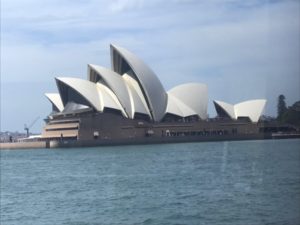


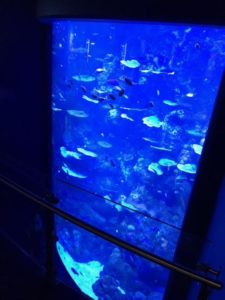

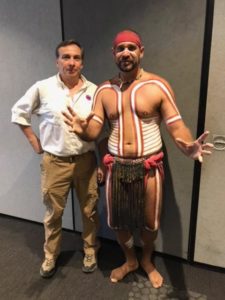

 The
The 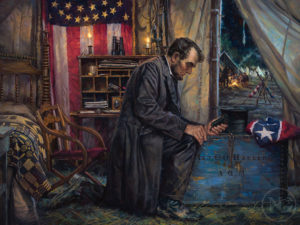


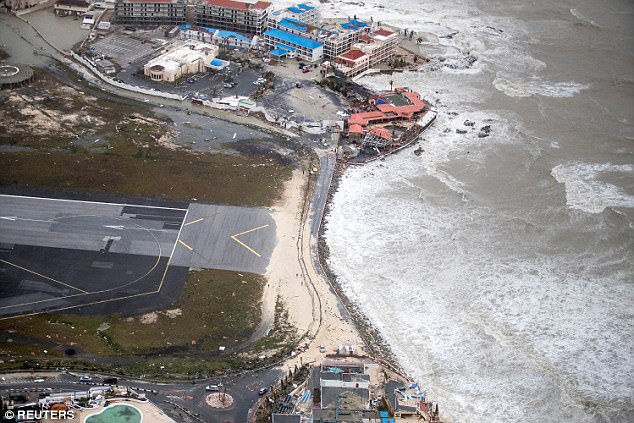

 Today marks the fourth anniversary of resigning my consulting job to pursue a career
Today marks the fourth anniversary of resigning my consulting job to pursue a career 





